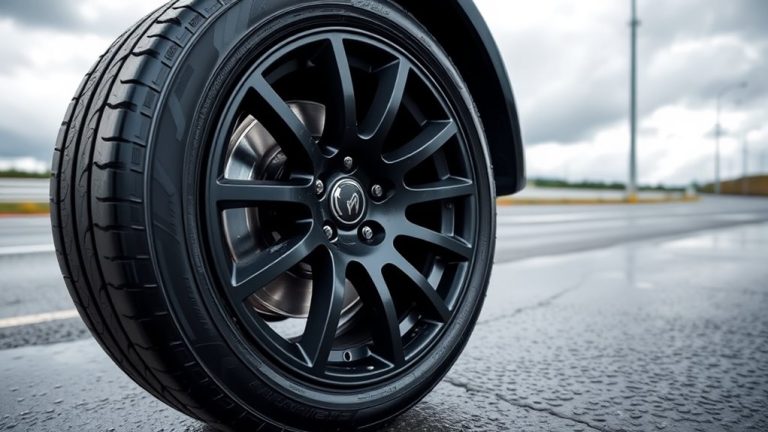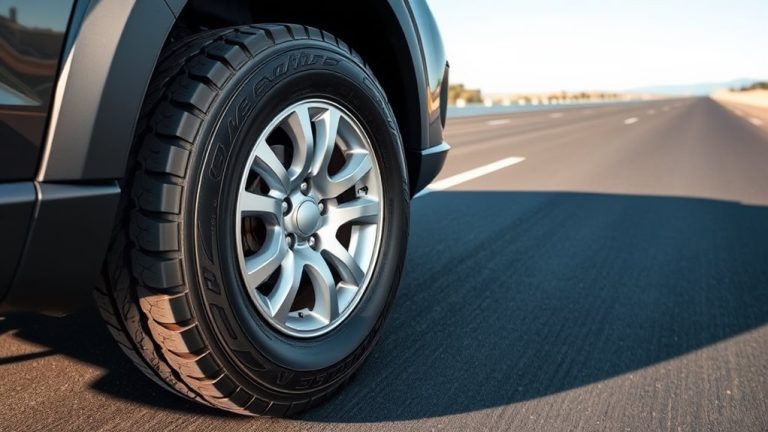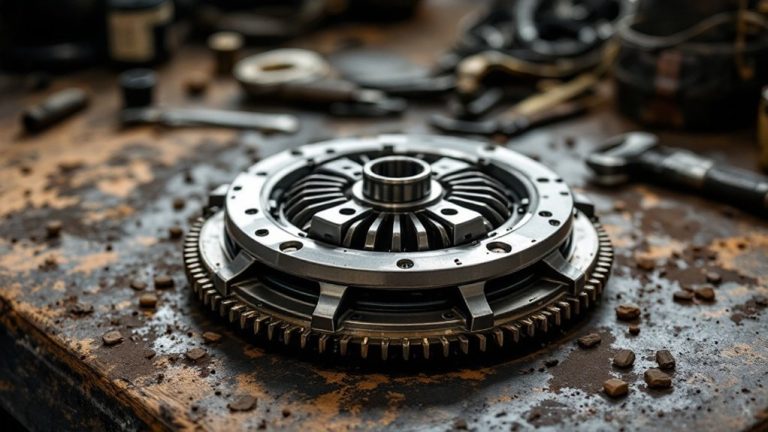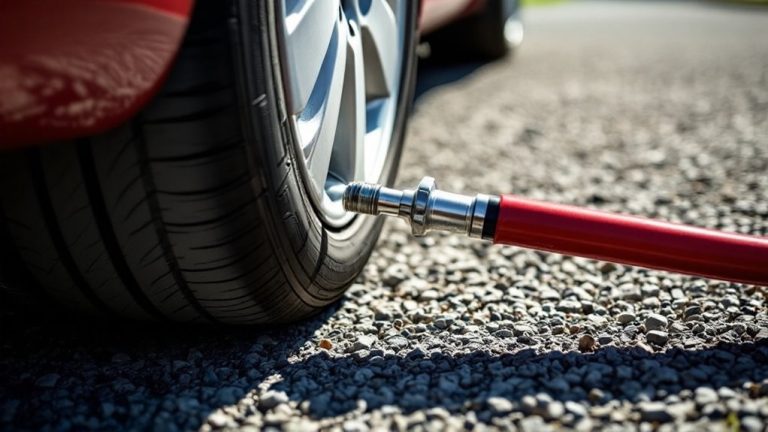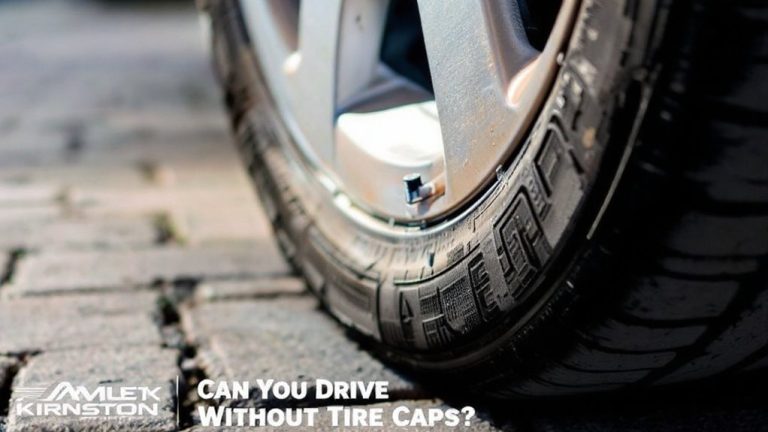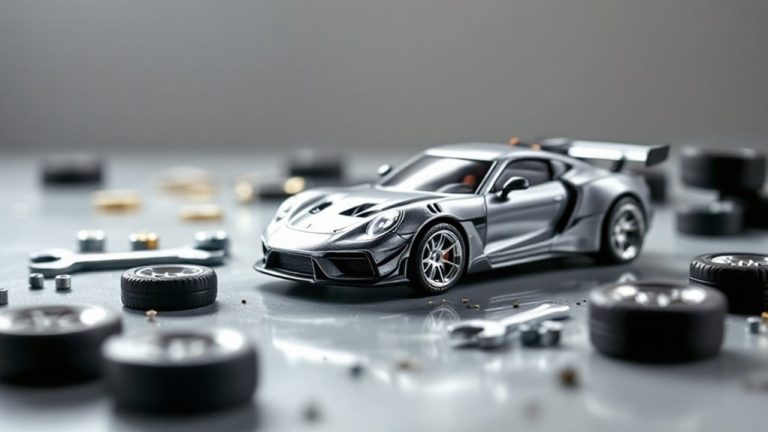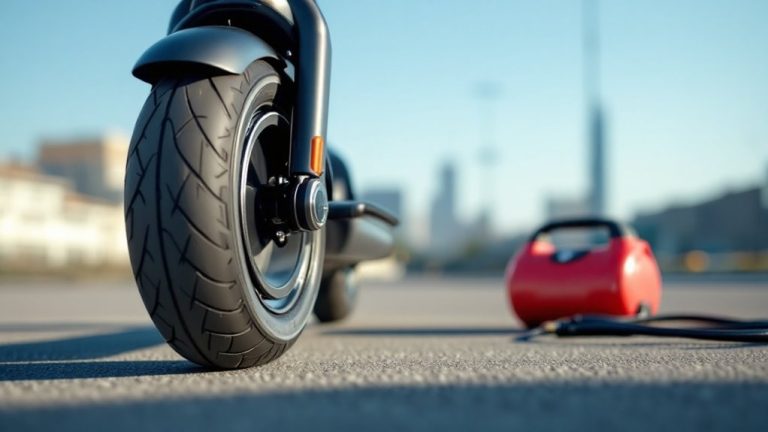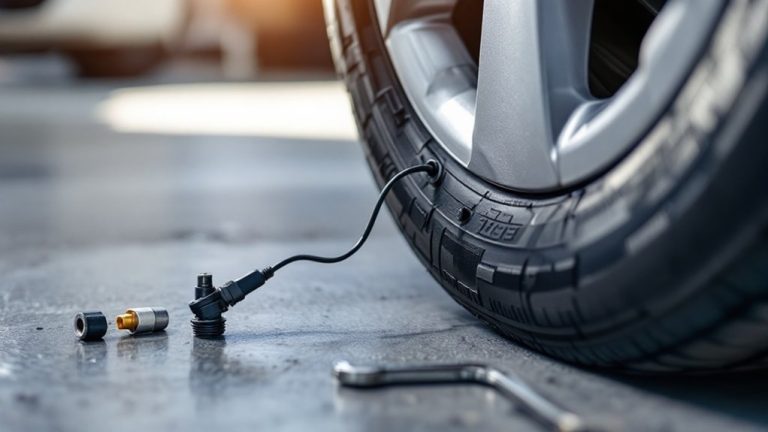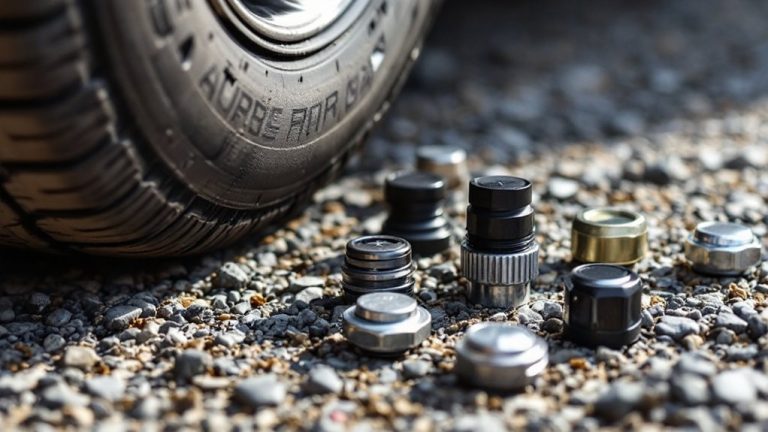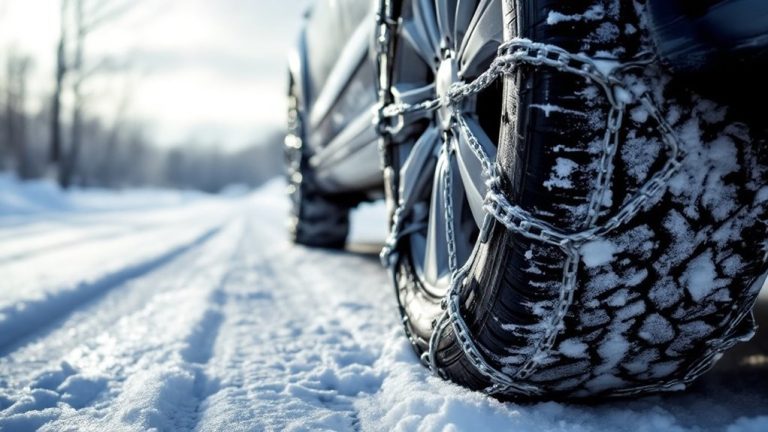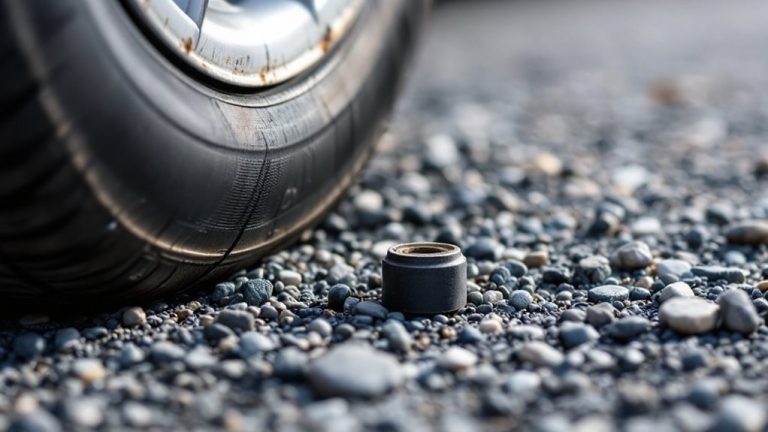Are Directional Tires Better
Are directional tires a good choice for you? They have a V-shaped tread that pushes water away fast. This means better grip on wet roads. Think heavy rain or slippery streets. You stay safer with more control. Sharp turns feel smoother and easier. But, tire rotation options are limited. This can lead to uneven wear over time. Always check the sidewall arrows for correct mounting. Wrong setup messes up handling badly. Plus, they save fuel by 1-2%. Small savings, right? Dig deeper to learn more about their benefits.

